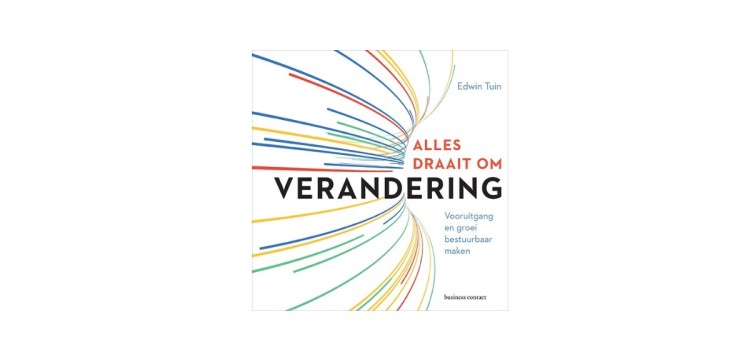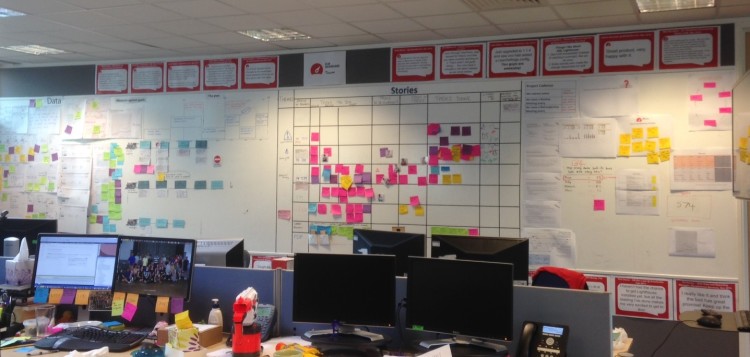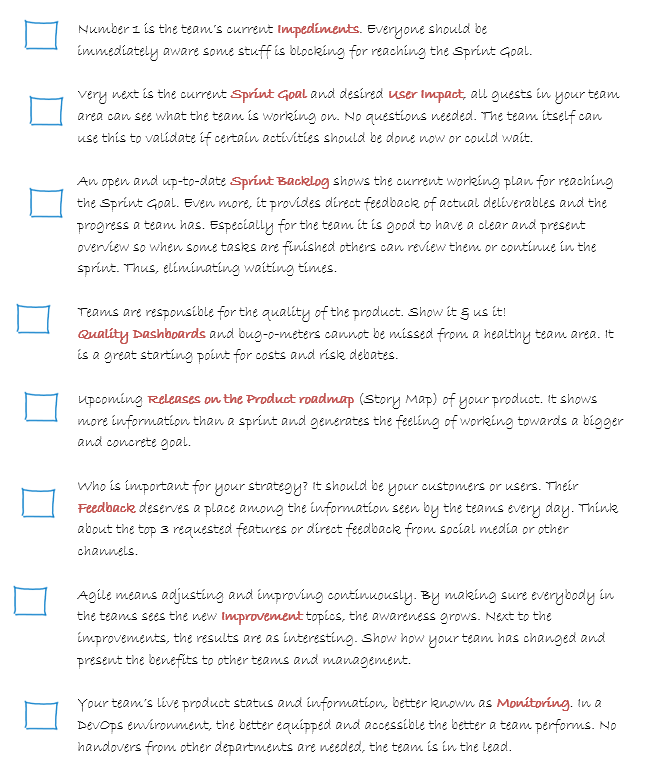
Alles draait om verandering – Edwin Tuin
Redenen voor organisatieveranderingen zijn er genoeg en de gevraagde verandersnelheid moet verder omhoog. Hoe krijg je dit binnen je eigen organisatie voor elkaar? In het boek Alles draait om verandering beschrijft Edwin Tuin zijn model om organisaties te helpen veranderen. Zijn veranderwiel stelt organisaties in staat om met nieuwe ogen naar verandermechanismen te kijken.
Edwin Tuin heeft zijn jarenlange ervaringen in veranderprocessen gebruikt om een eigen kijk op veranderen te creëren. Vormgegeven in zijn veranderwiel, biedt hij managers een concreet verfrissend mechanisme om veranderprocessen te borgen in bestaande organisaties. Alles draait om verandering bouwt verder op bestaande inzichten en legt verbanden met stromingen als Lean en Agile.
Hoofdstuk 1 & 2
In de eerste twee hoofdstukken bereidt de auteur de lezer voor op het nut en de noodzaak van organisaties om te veranderen. In een vlot tempo komen maatschappelijke onderwerpen zoals duurzaamheid en vergrijzing voorbij en is het duidelijk waarom organisaties wendbaarder moeten worden. Dit blijkt geen eenvoudige opgave. Bestaande strategieën passen niet meer en de klassieke organisatiemodellen maken plaats voor alternatieve, meer vloeiende, structuren. Alhoewel veranderen niet eenvoudig is, kan iedereen het leren. Het devies van de auteur is om het vooral veel te doen.
Hoofdstuk 3 t/m 6
In de hoofdstukken drie tot en met zes draait het volledig om het model. Tip: blader door naar de start van hoofdstuk 8 voor het schematische overzicht van het volledige veranderwiel. Hiermee vallen de verschillende onderdelen makkelijker om hun plaats. Na een korte algemene introductie start Tuin bij de binnenband. De vier kerndrivers in de binnenband zijn verlangen, vertrouwen, verantwoordelijkheid en vermogen. Alle vier moeten versterkt worden en haken rechtstreeks in op de strategie en cultuur binnen bedrijven. Herkenbaar uit de praktijk; voor veel organisaties zal met name de kerndriver ‘vermogen’ een belangrijk aandachtspunt zijn. Redenen om te veranderen zijn er helder, vertrouwen is aanwezig en de medewerkers willen verantwoordelijkheid nemen. Echter de daadwerkelijke veranderkracht – het vermogen om te veranderen – ontbreekt.
Vanuit de binnenband komen de ideeën – projecten – naar boven die nodig zijn om veranderingen in te zeten. Vervolgens bespreekt de auteur de zogenaamde loops die vanuit de as van regie en roadmap de verbinding vormen tussen de binnen- en de buitenband. Deze loops dienen om de nieuwe ideeën te toetsen en te verbeteren. Passen deze ideeën bij lopende initiatieven en zijn alle voorwaarden aanwezig om tot een succes te komen? Om dit proces handen en voeten te geven is een Verander Assessment Groep nodig die als werkgroep verantwoordelijk is voor de borging en aansluiting van de ideeën op de kerndrivers. Daarnaast schets het boek een Verander Monitor Board die zorgt voor de uitlijning van andere bestaande programma’s of lopende projecten en voldoende managementsupport.
De directe aansluiting van de nieuwe ideeën op de dagelijkse praktijk is voorzien in de buitenband. Hier komen de vraagstukken bij elkaar en wordt helder welke implicaties er voor de organisatie zijn. Het model als geheel heeft een dynamische opzet waardoor een vaste volgordelijkheid geen vereiste is. Zo kan het nuttig zijn om één loop meerdere keren achter elkaar te doorlopen of om een stap terug te zetten naar een vorige loop. De volgordelijkheid zal per organisatie en situatie verschillen. Voor de invoering van het veranderwiel gebruikt de auteur in hoofdstuk zeven een aantal scenario’s waarmee organisaties zich snel kunnen identificeren. Dit zijn bruikbare strategieën om concreet met een invoer aan de slag te gaan.
De auteur hanteert een actieve schrijfstijl waarin zijn gedachten, tips en voorbeelden elkaar snel opvolgen. De rode draad blijft het veranderwiel en de nadere uitleg van het veranderproces in de elkaar opvolgende hoofdstukken. Het is aan de lezer om de inzichten te plaatsen in zijn eigen kader en de meest nuttige en toepasbare hieruit te destilleren. Het is praktisch onmogelijk om het met alle uitspraken van de auteur eens te zijn. Maar dat is ook zeker geen voorwaarde. Juist de stelligheid van enkele uitspraken geven de lezer de kans zich te spiegelen en na te denken over alternatieven en eigen inzichten.
Conclusie
Het boek is toegankelijk geschreven en bevat diverse verwijzingen naar bekende namen uit de literatuur zoals Sinek en Semler. Of je het veranderwiel nu als mechanisme gaat invoeren of het als gedachtenexperiment gebruikt, er zitten genoeg handvatten in om met een frisse blik naar het veranderproces in de eigen organisatie te kijken. Hiermee is Alles draait om verandering een prima praktische start voor iedereen die zijn organisatie wil veranderen of het veranderproces wil veranderen. De quote op de kaft om het boek tevens alomvattend te noemen, is wellicht een stap te ver.
Over deze recensie
Deze boekrecensie is tevens verschenen op www.managementboek.nl, meer informatie over het boek of de auteurs is te vinden op victalis.nl.
Filled Under: book review,interim management Posted on: 17 September 2017


